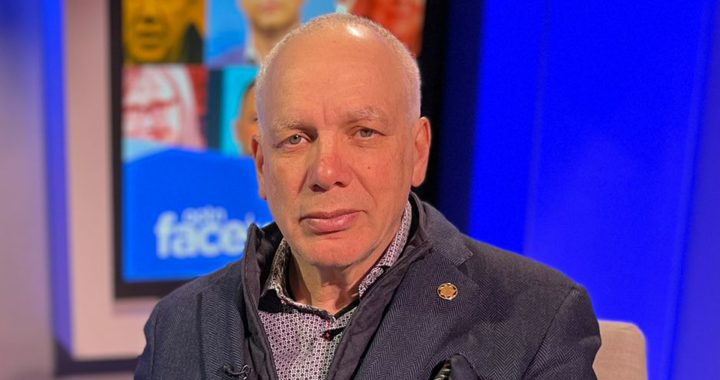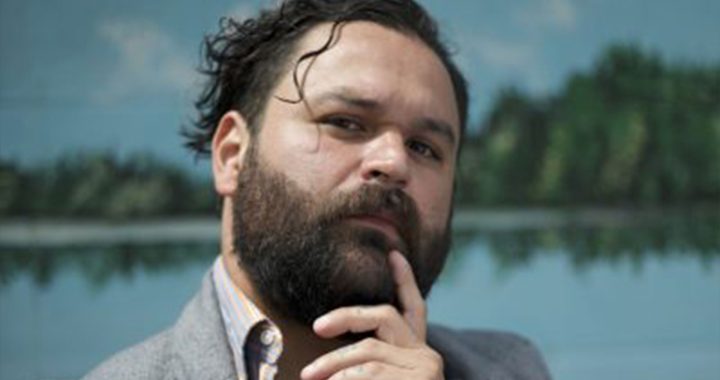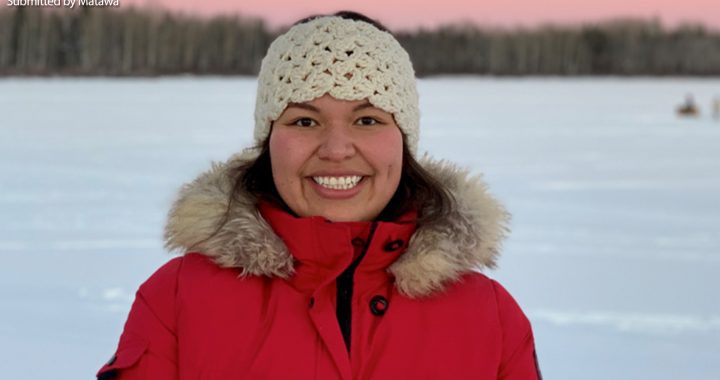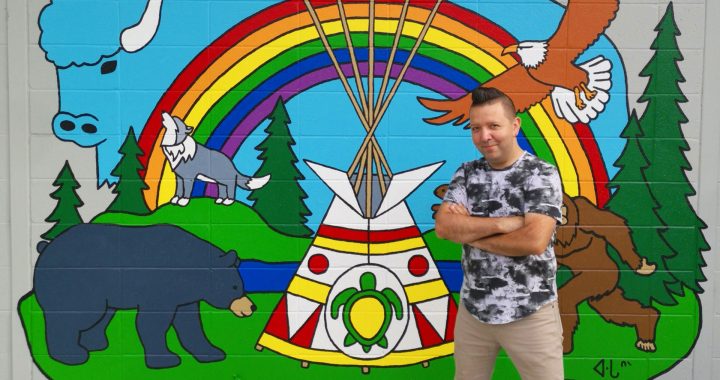Robyn Bunting says she knows first hand the damage the child welfare system can inflict.
She entered the child welfare system when she was only 10 or 11; removed from her family and her community of Constance Lake First Nation, in northern Ontario.
Prior to officially becoming a teenager, she was living on the streets.
“There was a lot of bad things that happened to me when I was in care,” says Bunting.
“I used to get locked into basements and I used to get strapped by people that were supposed to look after me. So, I just didn’t want it anymore, I ran away. And I slept by this bench because I didn’t have no place to sleep. So, I slept by this bench by a Safeway.
“And I was crying, I cried all night long that first night and I said I don’t want anyone to feel this way. I was so alone.”
Bunting recently visited that bench in Thunder Bay where she used to sleep.
She has spent the last 20 years working in the child welfare system in Ontario, trying to prevent other young people from finding themselves in the same spot.
Today, Bunting is the lead band representative on child welfare in her home community of Constance Lake First Nation.
In the role, Bunting oversees a team of advocates pushing to keep families together.
“Child welfare today, it’s built on the removing children from their homes.
Thinking children are safer away from their homes, when they’re not. You’re creating so much trauma that cannot be repaired, as we know, removing a child from home cannot be repaired,” says Bunting.
Read More:
The truth about child welfare in northern Ontario
In 2016, Constance Lake First Nation had two child apprehensions. The next year, there were four. Today, more than 30 child apprehensions are before the courts.
The increase in the number of children being apprehended in the community seems to have coincided with Kunuwanimano Child & Family Services being mandated in 2015.
On it’s website, Kunuwanimano says it’s “programs take into consideration the best interests and well being of the child, specifically the programs that recognize the uniqueness of First nation’s culture, heritage and traditions of preserving a child’s cultural identity.”
The agency had a good vision says Bunting but she believes that vision has been lost.
Indigenous led child welfare agencies are still must follow provincial laws and policies. Rules and regulations that are drafted and passed in cities far removed from the communities they impact.
Bunting says if she could build a child welfare system, it would be based around community specific solutions.
That is the goal of the federal governments Bill C-92, handing control over the child welfare system to Indigenous communities.
The $542-million dollars that was recently announced by the federal government is to help implement the changes.
It’s not nearly enough says Bunting, adding it takes a community a couple of million dollars to get a band representative up and running.
When asked on Face to Face about whether there should be a national inquiry into the child welfare system, Bunting believes there should be but isn’t sure how it would look.
“Ever since my niece passed away and the stories that I’ve learned and experienced all throughout my 20 years. I used to see this back 20 years ago, all the bad stuff and the sad stories. I can’t believe it’s still happening in 2020,” says Bunting.
“We’re so advanced in so many ways but not in child welfare, First Nations child welfare, especially the discrimination is just unbelievable.”












